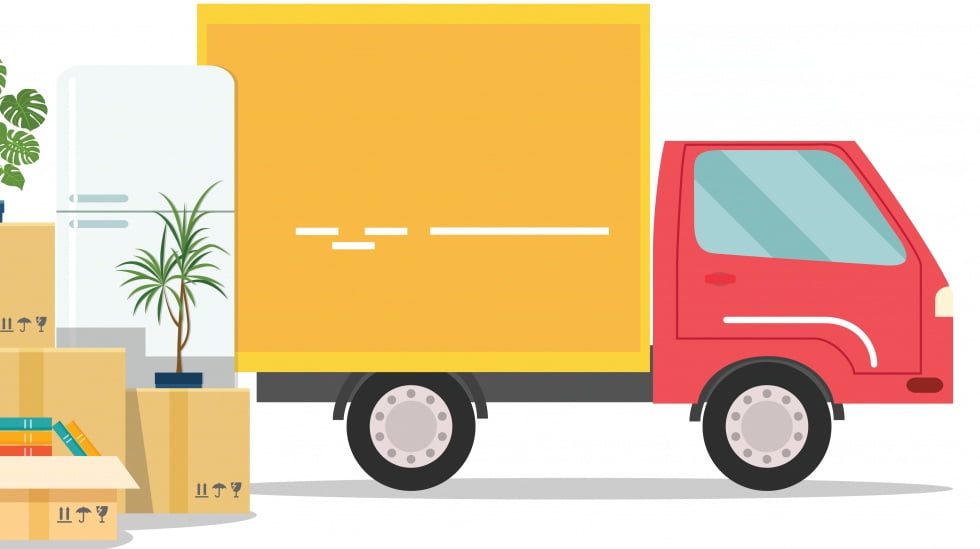How To Pack Your Precious Items For Storage
Have you decided to downsize your home? Or has your lease ended suddenly? Have you been caught in transition between two cities? If this is your story, you might be looking around for temporary storage for all, or an excess of, your belongings.
Renting a storage unit is a no-brainer for your immediate storage problems. But while finding a unit is easy enough in most towns and cities, it takes some skill to pack them properly so that your belongings are not damaged, and you don’t waste time looking for specific items you may have misplaced.
Here is a helpful guide to packing items for storage so that your valuables stay perfectly protected until you get to need them again.
1. Decide which items to put into storage
The household items that you can easily decide to put into storage suggests that you don’t need those things in the immediate future, but you do intend to keep them in your next home base.
- Declutter. You might not have a lot of time, but even a rudimentary decluttering can help organise what you put in storage, what you throw away, and what you need to keep with you.
- Try not to be too sentimental, or too worried about not having something in the future. If you have not used something in many months, you will probably not use it any time soon. Quickly look at what your local council can take from you to have a hassle free downsizing day.
2. Create an inventory list
- Write up a detailed list of all the belongings you plan to store, and if you are packing them into boxes, label them clearly with a code for the list to find items easier. Knowing for sure what you have and where it is will help avoid the stress and blame of losing items in the chaotic moving period.
- Keep an electronic copy of the inventory list online for quick reference.
- A detailed inventory list simply helps you file an insurance claim if the storage facility is caught in a natural disaster or fire.
3. Get proper storage containers
You might not realise it, but storage containers are not all created equal. You need the right types of packing boxes to keep your things protected for the duration of the storage period, and finding the strongest material, as well as surfaces that tape likes to cling to, is important.
- V-Move cardboard boxes are strong enough to keep your things safer for longer, with a gripping paper touch that tape and hands cling to. They come in a compact wine box size, a bigger tea chest size for bulkier, but lighter, items, and a port-a-robe size for hanging your clothes.
- If you are going to use recycled cardboard containers, check for any signs of damage. All storage boxes must be completely dry and sturdy.
- If you are storing for a short amount of time, you can hire V-Move’s plastic crates to store your items in. They are even stronger than cardboard and will stand up to the elements for much longer. They stack easier and require no assembly or tape to close up.
- Do NOT pack your items in plastic bags. They trap moisture and humidity and can cause mould and mildew to fester.
4. NEVER pack hazardous items for storage
- You are never allowed to store any items that are dangerous in nature. Nor should you store perishable items because they can cause all sorts of problems, like infestations and spillage.
- In general, you should NOT pack: food items of any sort, plants, flammable, corrosive or explosive items, scented goods, and wet items.
- Do NOT pack really expensive items or those which have high sentimental value for you.
5. Prepare items for storage
- Clean all items you plan to put in a storage to avoid the potential build-up of mould or a musty scent. Vacuum soft furniture and wipe down all surfaces of home appliances and furniture. Don’t pack until everything is 100% dry.
- Disassemble any large furniture, such as beds, that are easily taken apart.
- The best way to store wrinkle-prone clothes is to hang them inside wardrobe boxes or hanging garment bags. Otherwise, vacuum-sealed bags offer good overall protection and shrink the volume of your clothes and bedding so they take up less room in the storage unit.
- Put mattresses in storage covers. These can be found at bedding stores or hardware stores.
- Defrost your refrigerator completely to avoid water damage. Don’t pack it until it is completely dry.
- If you are packing books away, only fill the boxes halfway with books and the other with lightweight items, like towels or other Manchester.
- Wrap fragile items, and all glassware in butcher paper before putting them in boxes. Don’t wrap too tightly. You would be surprised how much protection a buffering of paper gives fragile items.
6. Label each box properly
- Create a clear system for labelling the boxes and listing them in your inventory. Remember, bedrooms and bathrooms both start with B. Use a black permanent marker, and if you plan on reusing the boxes, write the room code along the tape so that the box does not collect graffiti of many different rooms over the years.










